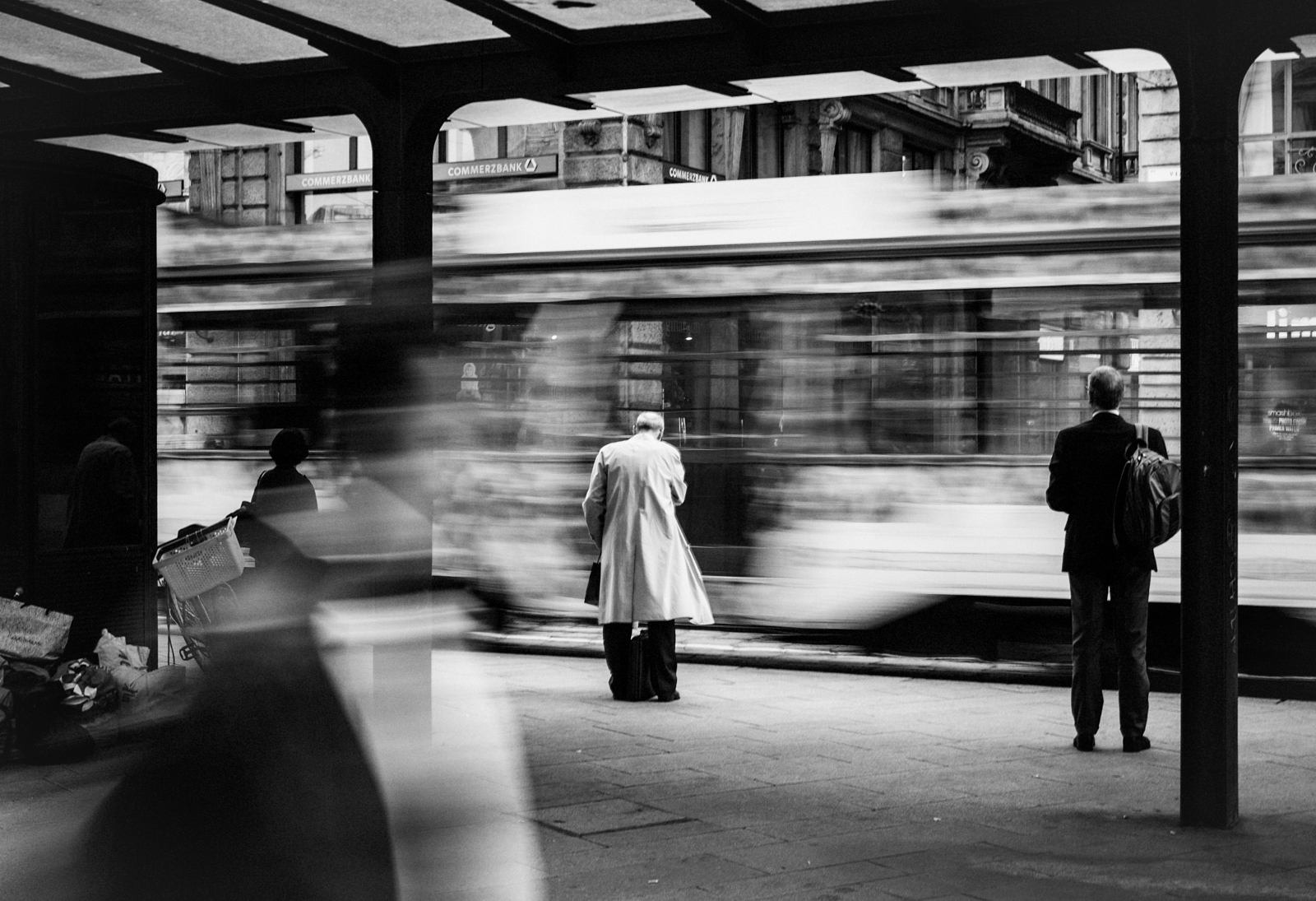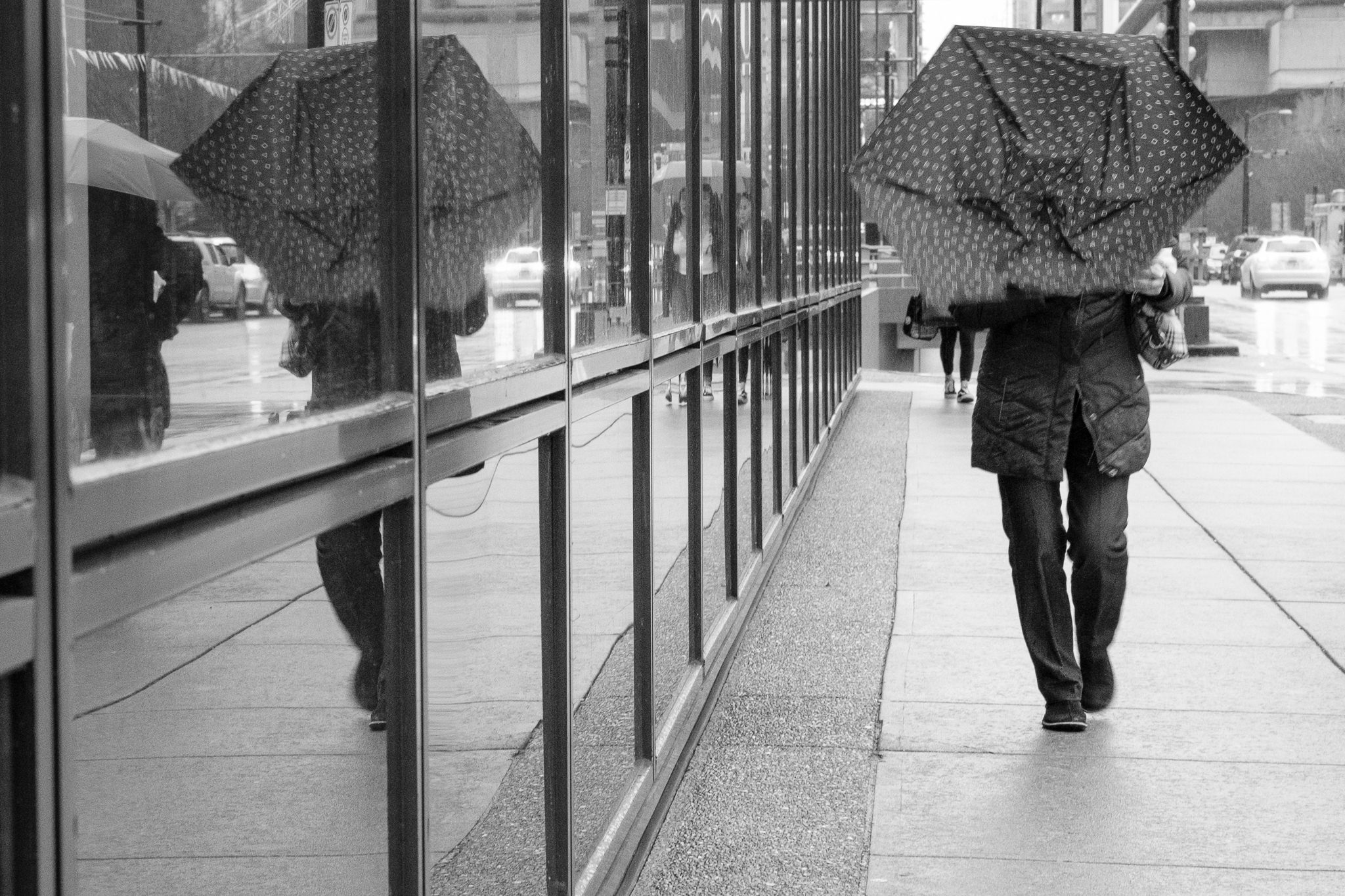Not known Details About Framing Streets
Not known Details About Framing Streets
Blog Article
The Greatest Guide To Framing Streets
Table of ContentsSome Ideas on Framing Streets You Need To KnowFraming Streets Things To Know Before You BuyThe Best Guide To Framing StreetsWhat Does Framing Streets Mean?Unknown Facts About Framing StreetsThe Ultimate Guide To Framing Streets
, normally with the objective of recording pictures at a crucial or touching minute by cautious framing and timing. https://framingstreets1.bandcamp.com/album/framing-streets.
The smart Trick of Framing Streets That Nobody is Discussing
Susan Sontag, 1977 Road photography can focus on individuals and their habits in public. In this regard, the road professional photographer is comparable to social documentary digital photographers or photojournalists that also operate in public places, yet with the objective of catching relevant occasions. Any of these professional photographers' photos might capture individuals and property visible within or from public locations, which usually entails navigating honest problems and regulations of personal privacy, safety and security, and residential property.
Representations of day-to-day public life develop a genre in almost every duration of globe art, beginning in the pre-historic, Sumerian, Egyptian and early Buddhist art durations. Art dealing with the life of the road, whether within views of cityscapes, or as the leading concept, appears in the West in the canon of the North Renaissance, Baroque, Rococo, of Romanticism, Realistic look, Impressionism and Post-Impressionism.
Framing Streets for Beginners
Louis Daguerre: "Boulevard du Holy place" (1838 or 1839) In 1838 or 1839 the initial picture of figures in the road was recorded by Louis-Jacques-Mand Daguerre in among a set of daguerreotype sights taken from his studio home window of the Blvd du Holy place in Paris. The second, made at the elevation of the day, reveals an uninhabited stretch of street, while the various other was taken at concerning 8:00 am, and as Beaumont Newhall reports, "The Blvd, so regularly filled with a moving bunch of pedestrians and carriages was perfectly solitary, other than a person who was having his boots combed.
As a result his boots and legs were well specified, yet he is without body or head, since these remained in motion." Charles Ngre, waterseller Charles Ngre. https://gravatar.com/davidturley33101 was the first photographer to achieve the technological refinement needed to sign up individuals in movement on the street in Paris in 1851. Professional Photographer John Thomson, a Scotsman working with journalist and social activist Adolphe Smith, released Road Life in London in twelve month-to-month installations beginning in February 1877
More About Framing Streets
Eugene Atget is considered as a progenitor, not since he was the very first of his kind, but as a result of the popularisation in the late 1920s of his record of Parisian roads by Berenice Abbott, who was motivated to take on a comparable documents of New york city City. [] As the city created, Atget aided to advertise Parisian roads as a deserving topic for photography.

The Definitive Guide for Framing Streets
Martin is the first videotaped professional photographer to do so in London with a disguised cam. Mass-Observation was a social research study organisation established in 1937 which intended to tape-record day-to-day life in Britain and to tape the responses of the 'man-in-the-street' to King Edward VIII's abdication in 1936 to wed separation Wallis Simpson, and the succession of George VI. Andre Kertesz.'s commonly admired Images la Sauvette (1952) (the English-language version was titled The Decisive Moment) promoted the concept of taking a picture at what he described the "decisive moment"; "when form and content, vision and make-up merged into a transcendent whole" - 50mm street photography.
9 Easy Facts About Framing Streets Shown
The recording maker was 'a hidden cam', a 35 mm Contax hidden below his layer, that was 'strapped to the breast and attached to a lengthy cable strung down the right sleeve'. His job had little modern impact as due to Evans' sensitivities concerning the originality of his task and the personal privacy of his subjects, it was not released up until 1966, in the publication Lots of Are Called, with an intro written by James Agee in 1940.
Helen Levitt, after that a teacher of children, connected with Evans in 193839. She documented the transitory chalk drawings - Street photography hashtags that belonged to children's road society in New york city at the time, in addition to the children who made them. In July 1939, Mo, MA's brand-new photography section included Levitt's work in its inaugural exhibitionRobert Frank's 1958 book,, was significant; raw and commonly out of emphasis, Frank's photos examined traditional digital photography of the time, "tested all the formal rules put down by Henri Cartier-Bresson and Pedestrian Evans" and "contradicted the wholesome pictorialism and genuine photojournalism of American publications like LIFE and Time".
Report this page